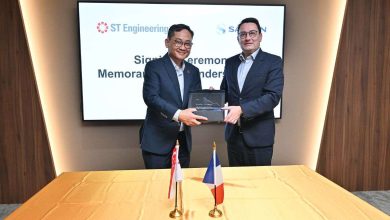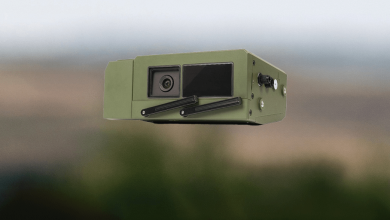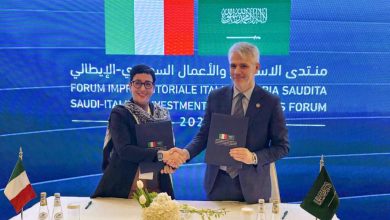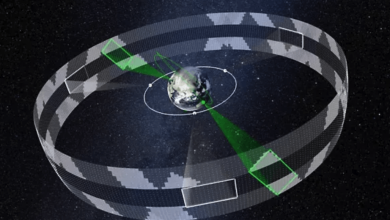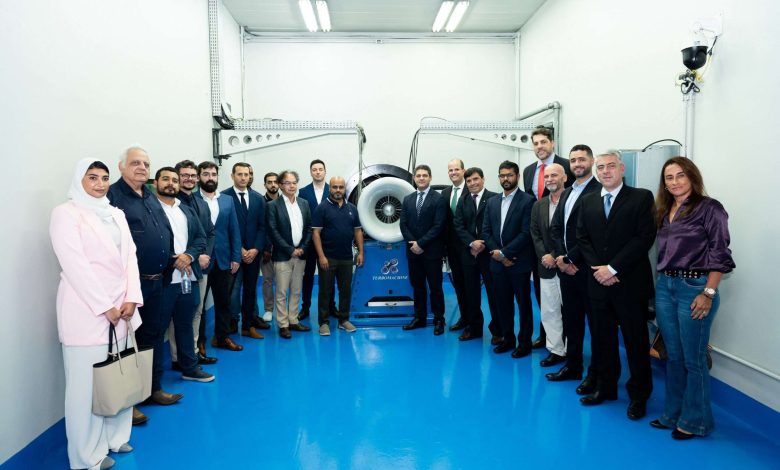
EDGE Partners with Brazilian Aero Engine Innovator Turbomachine in Game-Changing Deal
EDGE, recognized as one of the globe’s premier advanced technology and defense coalitions, has today formalized a strategic alliance with Turbomachine, a leading turbine engine innovator based in Brazil. Turbomachine specializes in innovative research, advancement, and engineering as well as the development of gas turbine engines and plasma-assisted combustion technologies within the aerospace sector. This agreement will enable EDGE and Turbomachine to collaborate intensively on the creation of engines, including turbofan and propellant fan, tailored for EDGE’s array of UAVs and munitions.
The signing ceremony, which included members from EDGE and Turbomachine’s executive teams, alongside Vice Admiral Marco Antonio Ismael Trovão de Oliveira from the Brazilian Navy, was conducted at Turbomachine’s headquarters in São José dos Campos.
During the event, Vice Admiral Marco Antonio Ismael Trovão de Oliveira remarked: “This stands as another instance of a significant international collaboration rooted in trust, shared values, knowledge dissemination, and a mutual aim of expanding the realms of innovation to craft advanced technological solutions, benefitting all parties involved.”
Hamad Al Marar, President of EDGE’s Missiles and Munitions division, stated: “This partnership with Turbomachine signifies a monumental advancement in our technological prowess, reinforcing our dedication to innovation in both aerospace and defense industries. We eagerly anticipate the development of gas turbine engines and plasma-assisted combustion technologies that will amplify the efficiency and capability of EDGE’s UAVs and missiles portfolio.”
Alberto Carlos Pereira Filho, CEO/Founder of Turbomachine, noted: “Our partnership with EDGE Group accentuates our strengths and the effectiveness of our engine solutions. Working alongside EDGE in the groundbreaking development of UAV and missile turbine technologies lays a robust foundation for future successes.”
The visit to Turbomachine was part of a continuing high-profile EDGE delegation exploration in Brazil, where the team has been engaging with local dignitaries and prominent Brazilian industrial stakeholders and collaborators. These visits are paving avenues for enhanced collaboration in knowledge sharing, research and development alliances, and the co-creation of advanced defense systems, among various other initiatives.




